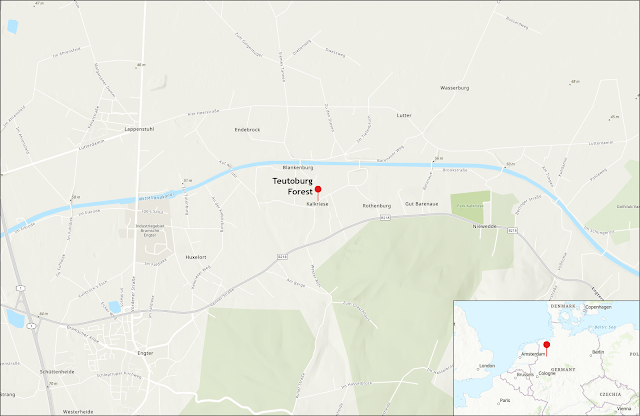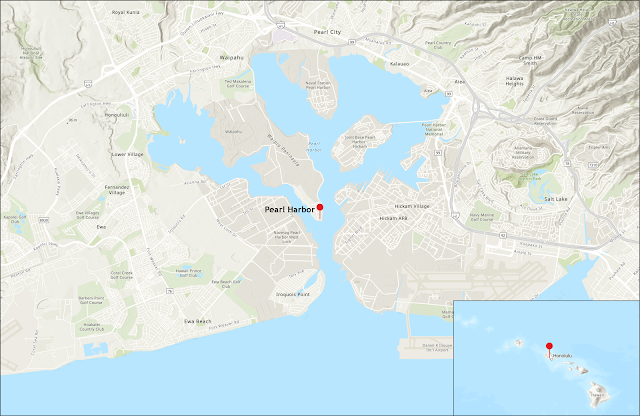Geography of War - The Battle of Yehuling

The Battle of Yehuling (Mongol-Jin War) Date: August-October, 1211 Modern Location: Northern China (NW of Beijing) Combatants: The Mongol Empire (led by Genghis Khan) vs. Jin China (led by Wanyan Chengyu) Summary: In the year 1211, Genghis Khan was on a mission. After emerging victorious five years earlier from a bitter struggle to assume leadership of the Mongol confederation to the north and then defeating the rival Tatars to the east, he set his sights south towards the Chinese Jin empire. Although the majority of the Jin population were ethnically from the Han and Khitan people groups, the emperor and leadership came from the Jurchen people group, originally from Manchuria. Khan was unimpressed by the new Jin emperor who had ascended in 1208, named Xingshing, and publicly insulted him as an ineffective and cowardly ruler. Emperor Xingshing, on the other hand, focused his defenses against the southern Song dynasty did not consider the Mongols to be a legitimat...


